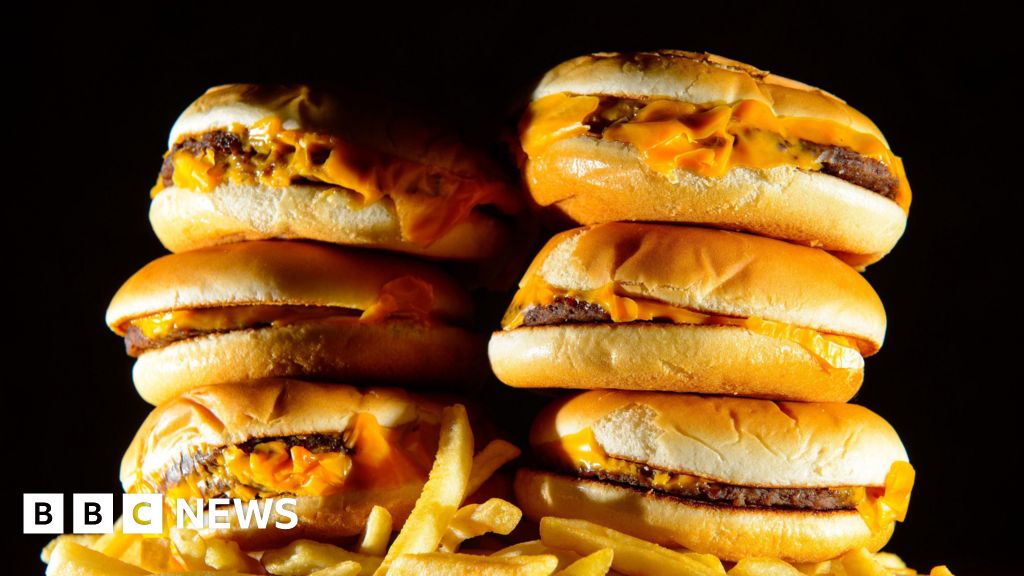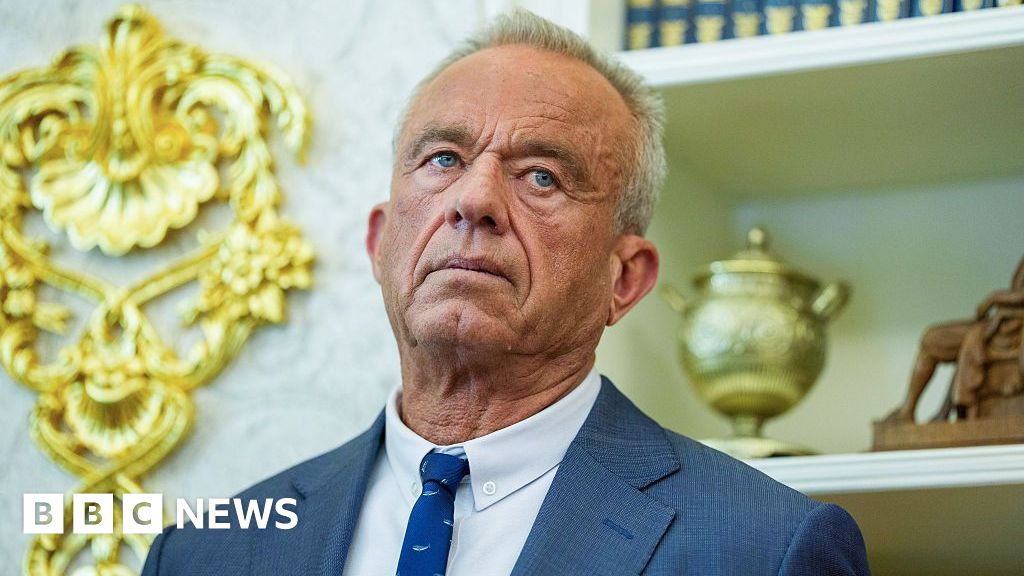
Migrant crisis: They should be in elementary school, instead they speak like war veterans
- International
- December 31, 2023
- No Comment
- 178
Ciudad Hidalgo, Mexico
Newsportu
—
The smell of burning wood and plastic hits us as we step out of the van. Smoke from campfires meets the cloud of dirt kicked up by our tires, stinging our eyes and leaving a scratch in our throats. In the near distance, you can hear children splashing and playing in the Suchiate River, which separates Mexico – where we are – from Guatemala.
We head toward the murky brown water, walking under tall, thick trees shielding us from the day’s brutal sun. We’re mindful of where we step, dodging scraps of cardboard used for beds and ducking under clothes hanging out to dry, careful not to intrude on someone’s personal space or modest belongings. It strangely feels more like a community rooted here for centuries, rather than a migrants’ campground.
And after the assault on the senses, comes the assault on the mind and the heart.
Stories abound from the people here, most originally from Venezuela, of why they left their homes and what they’ve gone through so far on their journeys to Ciudad Hidalgo. The adults sometimes become emotional but more shocking is the calm, matter-of-fact, narration from the children.
They had seen many dead people in the treacherous muddy jungle passage of the Darién Gap from Colombia to Panama, a group of young cousins tells me.
“I saw a woman, she had yellow hair and this part of her face was covered in blood,” says 9-year-old Mathias, gesturing to his right cheek.
I catch myself mid-interpretation from Spanish to English, realizing I am talking to children between the ages of 6 and 12 as they describe in vivid detail what they’ve experienced along the way.

“You get desperate in the jungle, you think you’re going to die in there,” Mathias says.
His 12-year-old cousin Sofia adds: “We ran out of food. We were starving for a night. … We all lost weight.” Her little brother Joandry lifts his shirt to show us his belly, as if to corroborate his sister and cousin’s accounts.
“It was hell,” Sofia says. “And every time you saw the end of the road, there was more to walk and we saw some dead people … lying on the ground.”
“It was hell,” 6-year-old Joandry corroborates again, looking at me with eyes that have seen far more than most adults.
Bonded by experience, where they’ve been and their hopes
The trauma from the trek they’ve endured already, mixed with the shared dreams of making it to the United States, bond many of the people on the banks of the Suchiate, especially the kids.
Sofia was the first to get our attention as she asks confidently and curiously what we’re doing here. We tell her we’re journalists. Her attention shifts to the water, and she excitedly points out to the river and one of the many rafts. “That’s my dad!” she tells us proudly. “He’s helping others come across.”
A few feet away, sitting on the ground and leaning up against a tree is Sofia’s mom, Susana. She’s holding her 2-year-old son as Sofia’s other younger siblings play close by. At first, Susana is more reserved – nodding for Sofia to answer our questions instead of her. But slowly she starts to open up, seemingly wanting to share their story.

Still in conversation with Sofia and Susana, I sit down on a concrete step under an open-air structure used for storing goods that are illegally moved across the river from Mexico to Guatemala. Sofia sits next to me as we look out to the armada of rafts going back and forth, with dozens more chained up and ready to deploy. They’re made of two large black inner tubes, tied together with rope and planks of wood across them to support goods and people.
Sofia’s dad, Jeandry, is one of the men who – like a gondolier on the canals of Venice – stands on the back with a long piece of wood steering the raft. At any given time, you can see across the river to Guatemala as up to a couple dozen migrants pile onboard and make the roughly 8-minute trip, illegally crossing into Mexico. Police are stationed a few hundred feet away, and the official crossing is within eyesight down river, but there’s no enforcement along the border just a near-constant free flow back and forth.

Video shows what it’s like for migrants crossing into Mexico in pursuit of US
Sofia and her family say they took one of the rafts five days earlier. They’ve stayed on the riverbank instead of immediately continuing north to save up money, with Sofia’s dad working the rafts and the family asking for donations in the nearby town.
As I pull out a microphone, and my team starts recording with their cameras, Sofia’s siblings, aunt, uncle and cousins – who made the journey with them – crowd around. Little Joandry doesn’t want to miss out and hurries over with shampoo still in his hair, cackling as his older sister tries to clean it out.
“We’re thinking about Philadelphia [or] Chicago,” Sofia tells me, when I ask where in the US they’d like to go. Her 9-year-old cousin, Mathias, chimes in, “I’m thinking about New York or Florida.” Their parents look on, smiling as they’d told me moments earlier they had no idea where they’d end up; they just want to claim asylum and enter the US legally.
The kids smile too as they talk about their dreams to go to school. Sofia and Mathias want to be doctors, though Mathias might also want to be a lawyer, he tells me. When I ask what it’s been like traveling as a family, their faces turn expressionless for a moment. Solemn blank stares.
The families have been on the road for nearly two months, having left Colombia, where they lived for the past six years.
“We had to leave,” Sofia says. “We couldn’t stay poor there because every day we ate the same thing. There were times when we couldn’t eat at all because there was no money.”
Before Colombia, the families fled Venezuela, to get away from the corruption and crime. “And a bad economy,” Joandry explains, taking the microphone out of my hand as if taking over the interview.
As we talk and film, my team and I recognize a subtle difference in the migrants’ tone here in southern Mexico compared with those who we’ve met on multiple trips to cities bordering the US hundreds of miles farther north.

‘The journey has been like passing through hell’: Migrants surge into southern Mexico
For everything they’ve been through, those in the south have yet to experience the extortion and threats from cartel-backed smugglers or the treacherous rides on top of freight trains. Looking at the parents’ eyes, I can sense they have heard murmurs of what’s ahead. Loved ones and friends have gone ahead of them and warned of the horrors.
But they manage to strike a hopeful tone. “It’s better than what’s behind us,” Mathias’ mom tells us. “We don’t go backwards; we move forward with God’s blessings.”
As we thank the children and their parents for their time, Sofia and Mathias excitedly ask if we want to swim with them. “I have to stay dry to work,” I tell them. “OK!” they shout, sprinting toward the water like any other boisterous children, their trauma buried, for now. Each one echoes the other as we part: “Nos vemos! See ya later!”
#Migrant #crisis #elementary #school #speak #war #veterans









